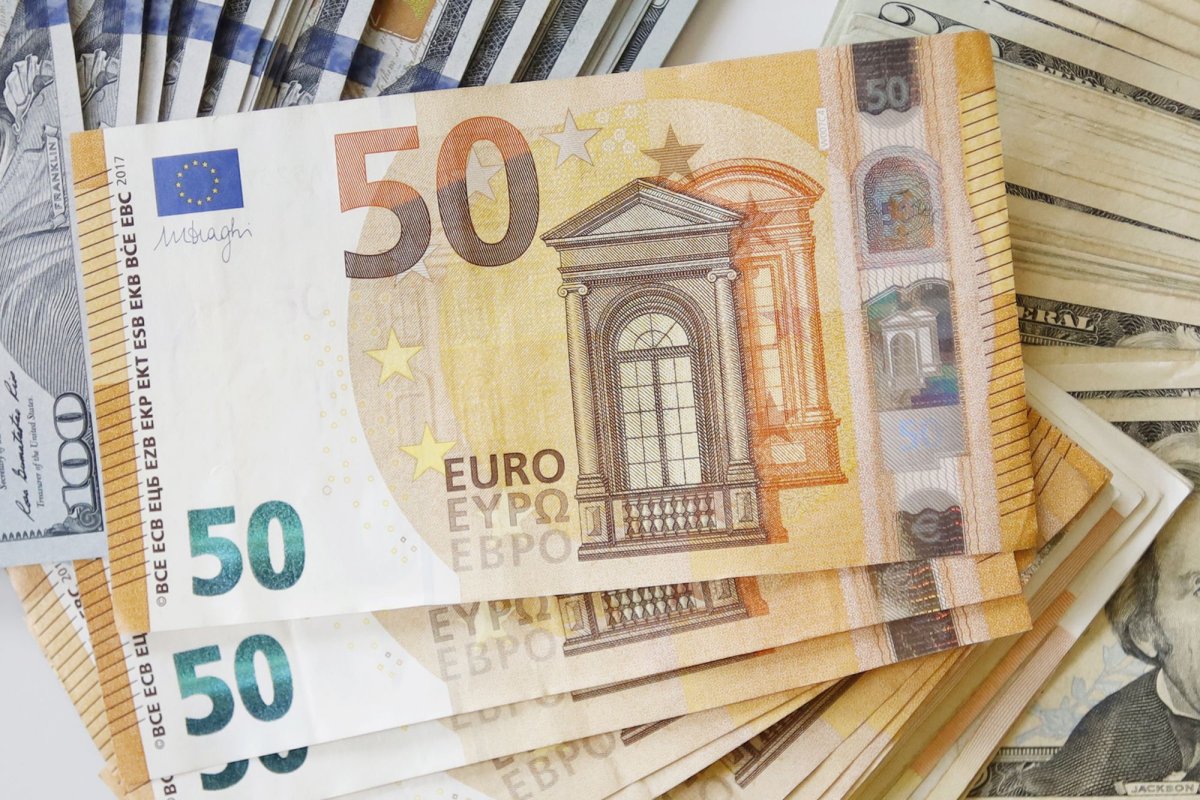July 30 (UPI) — The Eurozone economy slowed sharply in the three months ending in June, posting growth of 0.1% after German and Italian GDP went negative, preliminary data out Wednesday from the European Union’s main statistical agency shows.
The pace of economic growth across the 20 countries that use the euro fell from 0.6% in the first quarter of the year but the European Union as a whole held up a little better, with the economy recording a 0.2% expansion, Eurostat said in a news release.
Compared with 2024, the slowdown was marginal, +1.4% versus +1.5% in the first quarter for the eurozone, and +1.5% versus +1.6% in the first quarter across all 27 EU member countries, according to Eurostat, which caveated the data by saying it was subject to future revision.
Germany, the growth engine of the economic bloc, saw its economy shrink by 0.1%. Italy’s GDP growth was also down 0.1%, while the Irish economy shrank by a full percentage point.
Spain posted the strongest performance with a 0.7% gain, helped by both strong domestic consumption and exports, followed by Portugal and Estonia, which added 0.6% and 0.5% respectively.
However, the performance was seen as evidence of resilience in the face of U.S. President Donald Trump‘s trade war and the winding down of artificially high exports in the first quarter as firms raced to get goods stateside ahead of the imposition of threatened tariffs on the EU.
Analysts had expected the uncertainty created by the “liberation day” tariffs regime unveiled by Trump on April 2 to cause eurozone GDP to flatline.
However, the contraction in the German GDP on the back of a slowdown in manufacturing and construction investment leaves the economy the same size as it was prior to COVID-19.
“Germany is likely to be hit harder than other major economies by tariffs and continue to struggle this year before fiscal stimulus starts to boost the economy in 2026,” said Capital Economics’ senior Europe economist Franziska Palmas.
Staying in the black could suffice to convince the European Central Bank, which sets interest rates in the euro area, to hold off from cutting its key policy rate — the main refinancing rate — from its current 2.15% level at its next meeting Sept. 9.
Wednesday’s data does not take into account the impact on the euro area of the trade deal struck Sunday between European Commission President Ursula von der Leyen and Trump, which will see a 15% across-the-board tariff on all EU goods entering the United States.
The deal, which cuts in half the 30% rate Washington had been poised to bring into force on Friday, will also lower barriers to U.S. companies exporting to the EU, removing tariffs entirely from some products.
The deal’s apparent bias in favor of the United States sent the euro plummeting Monday to its lowest level against the U.S. dollar in more than two years. The devaluation has since continued with EUR/USD trading at 1.146 in afternoon trade on Wednesday.
